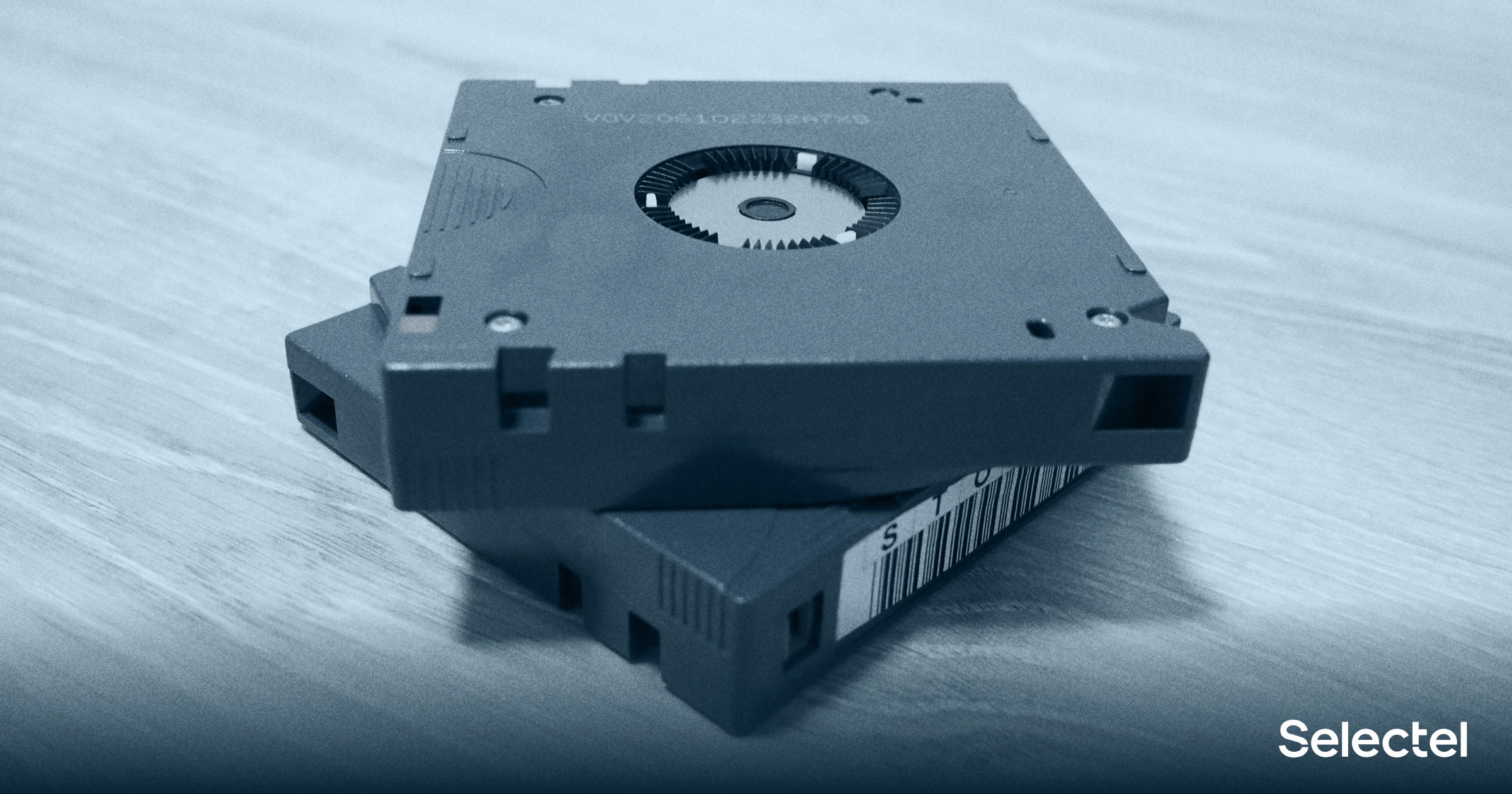
Japanese scientists from the University of Tokyo have created a new chemical compound that can significantly increase the capacity of magnetic carriers - for example, magnetic tapes. According to the researchers, the new material allows the creation of tape media capable of storing tens or even hundreds of terabytes.
The project leader, Professor Shin-ichi Ohkoshi, said that the material is a type of iron oxide, which scientists have called "epsilon oxide." Besides iron, the complete formula includes gallium, titanium, and cobalt.
New drives based on this material can increase data density and improve data storage reliability compared to traditional tape drives, hard drives or SSDs. In addition, the energy consumption for writing and reading data is lower than other media, and the systems themselves will cost less.
The Japanese claim that the data recorded on such tapes can be stored for much longer than on conventional drives, since the coating material has strong magnetic anisotropy.
Focused millimeter waves (focused-millimeter-wave-assisted magnetic recording, F-MIMR) are used for data recording in the frequency range from 30 to 300 GHz. The radiation is focused on the tape, subject to the presence of an external magnetic field, it is recorded thanks toa change in the polarization of the material particles. The technology circumvents the problem of magnetic recording, which prevented the creation of large and stable drives in the past.
The fact is that the higher the density of the magnetic recording, the finer the magnetic particles should be. But in this case, the instability of particles increases and the risk of losing important data increases.

It is not yet clear at what stage the development of scientists is - whether it can already be implemented in practice, or is it still just a purely laboratory project, using specific and expensive equipment. But, judging by the lack of detailed information about the real density of information recording, the technology is at the Proof-of-concept stage.
However, the scientists report that the commercial introduction of the technology will begin soon. The project leader said that carriers and devices based on the new technology will appear in the next 5-10 years.
The relevance of the project is very high, since the amount of data generated by humanity is constantly growing. Accordingly, both the density of information recording and the reliability of its storage are growing. The emergence of new media will be a breakthrough - of course, provided that the technology can be used commercially.
The Japanese also said that the new material can be used not only to create data storage devices, but also in next-generation communication technologies.
As for information carriers based on magnetic tapes, they are still actively used for archival storage (especially in research projects). For example, IBM produces tapes of the IBM LTO Ultrium 8 standard. Cartridges with such tapes range from 12 TB of uncompressed data to 30 TB of compressed data.
